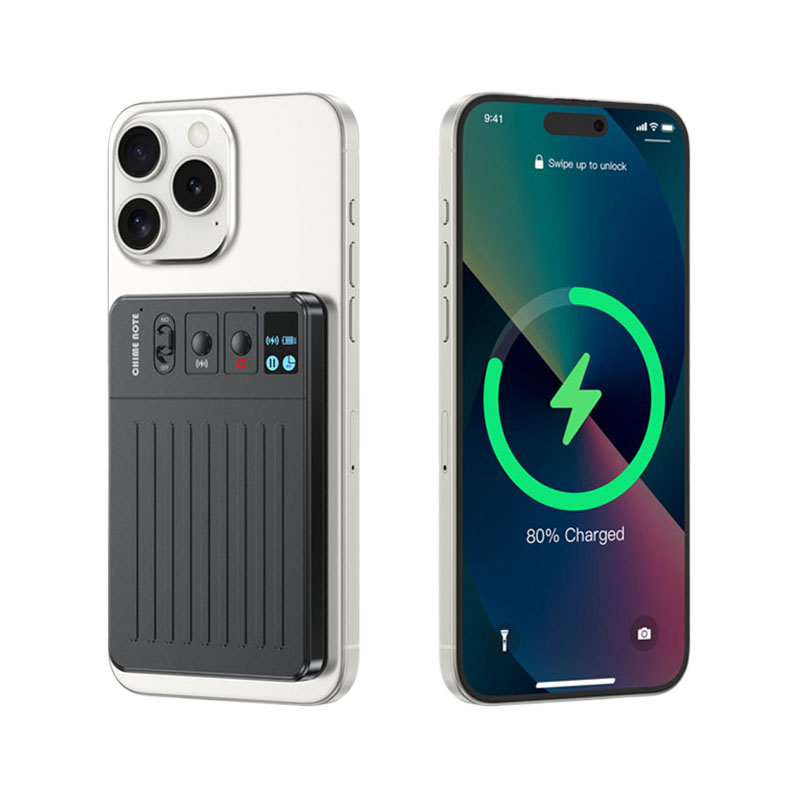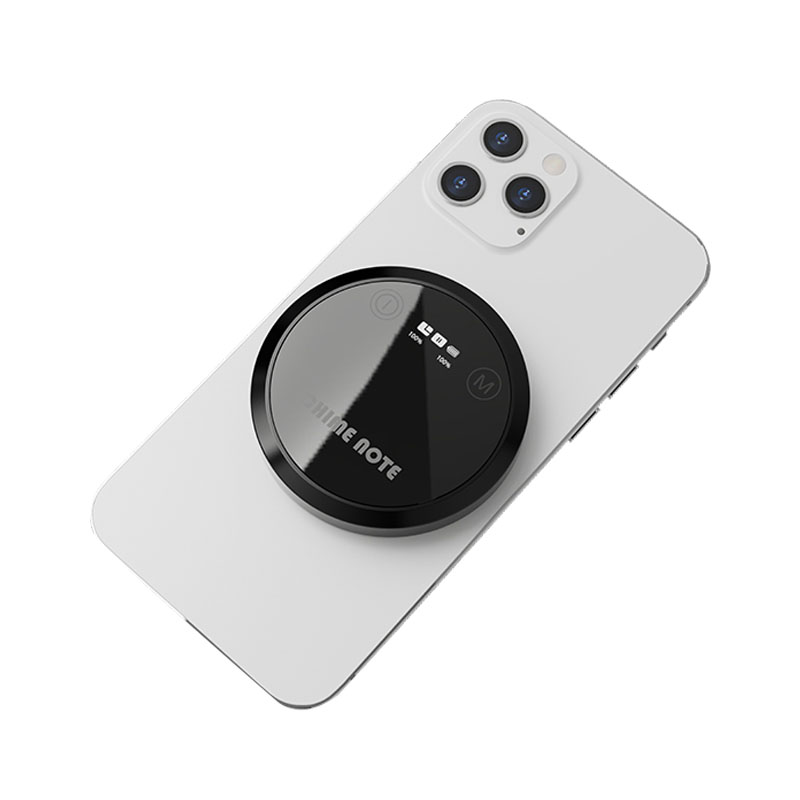How does ai voice recorder achieve efficient noise reduction function?
Release Time : 2025-05-14
In actual use scenarios, environmental noise often interferes with recording quality and affects the acquisition of key information. Ai voice recorder uses advanced technology to achieve efficient noise reduction to ensure clear sound recording. The following is an in-depth analysis of its implementation method.
Ai voice recorder often uses an adaptive noise reduction algorithm based on machine learning. The algorithm uses a large number of noise samples to train the model so that it learns different noise characteristics. When recording, the model analyzes the audio in real time, accurately identifies the noise part and automatically adjusts the parameters to eliminate the noise. For example, iFlytek smart voice recorder uses self-developed AI algorithm to reduce noise, locates the sound source, uses adaptive filtering methods, and dynamically adjusts according to environmental changes to effectively eliminate noise, ensuring that the target sound is clear and audible, and can accurately pick up human voices even in noisy venues.
Multi-microphone array is the hardware basis for noise reduction of ai voice recorder. For example, Sogou AI voice recorder S1 is equipped with 2 Harman directional microphones and 6 omnidirectional microphones, and iFlytek smart voice recorder uses 2+6 microphone arrays. Multiple microphones work together, and the microphone array algorithm can obtain sound space information, accurately locate the sound source, and effectively identify and filter noise from different directions. In far-field speech scenarios, directional microphones are responsible for picking up sound, and matrix microphones identify reflected noise. After algorithm comparison and noise elimination, the signal-to-noise ratio is significantly improved, making the recorded sound clearer.
Some ai voice recorders adopt targeted processing strategies by classifying noise. With the help of deep learning models, noise is divided into categories such as wind, human voice noise, and mechanical roar, and noise reduction plans are formulated based on the characteristics of different categories. In the face of continuous and stable low-frequency mechanical noise, a specific filtering algorithm is used to weaken it; for high-frequency noise that breaks out instantly, such as sudden shouting, the gain control is adjusted to avoid recording distortion. Through this fine classification processing, the noise reduction effect is improved in all aspects.
Hardware and software work together to improve the noise reduction performance of ai voice recorder. At the hardware level, high-sensitivity, low-noise microphones are selected to reduce the introduction of self-noise, and the circuit design is optimized to reduce electromagnetic interference. In terms of software, the algorithm is optimized to reduce calculation delay and ensure that noise reduction processing and recording are synchronized in real time. For example, Sogou AI voice recorder has 8 microphones in hardware to better distinguish and collect distant sounds, and the software has commercialized the noise reduction capability based on deep learning for the first time. The combination of the two can accurately extract human voice from noisy sounds.
AI voice recorder has intelligent scene recognition function, which can automatically determine the usage scene and switch the corresponding noise reduction mode. iFlytek smart voice recorder has seven scene modes such as meeting, interview, and speech. In the meeting mode, 2 directional microphones stop working, and 6 matrix microphones perform weighted algorithms on the collected signals to form a pickup beam in the direction of the target signal, attenuate noise in other directions, and directional pick up the speeches of participants; in the speech mode, 2 directional microphones are used to pick up sounds, combined with matrix microphones for noise reduction. Through scene adaptation, the noise reduction effect is maximized.
After the recording is completed, AI voice recorder can also enhance the noise reduction effect in the later audio processing stage. Use spectrum analysis, filtering and other technologies to further optimize the audio and remove residual noise. Some products have intelligent voice repair function to repair some missing or distorted sounds caused by noise reduction, ensure the audio is complete and clear, and improve the overall recording quality.
Ai voice recorder achieves efficient noise reduction through adaptive noise reduction algorithms based on machine learning, multi-microphone array technology, noise classification processing, software and hardware collaboration, intelligent scene recognition, and post-audio processing, providing users with clear and accurate recording effects, meeting the usage needs of different scenarios, and promoting the continuous advancement of recording equipment technology.







